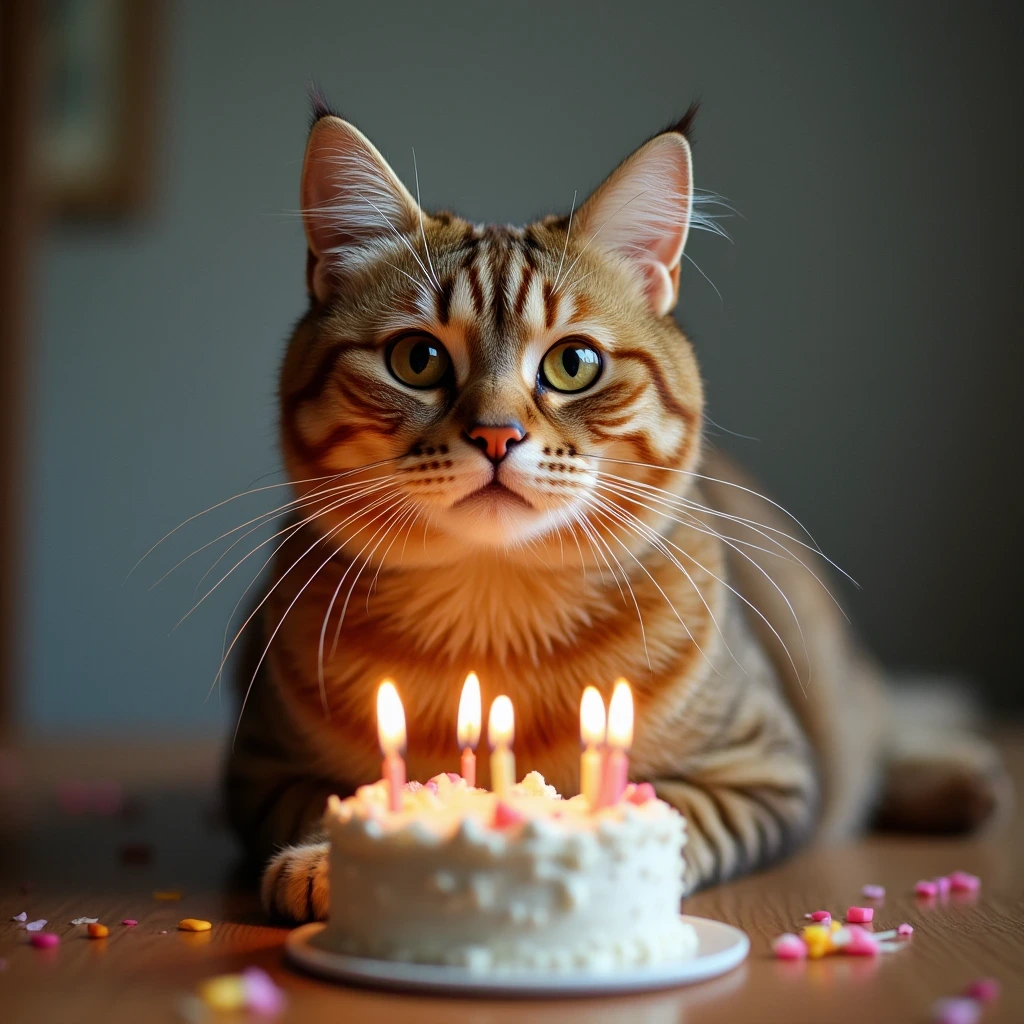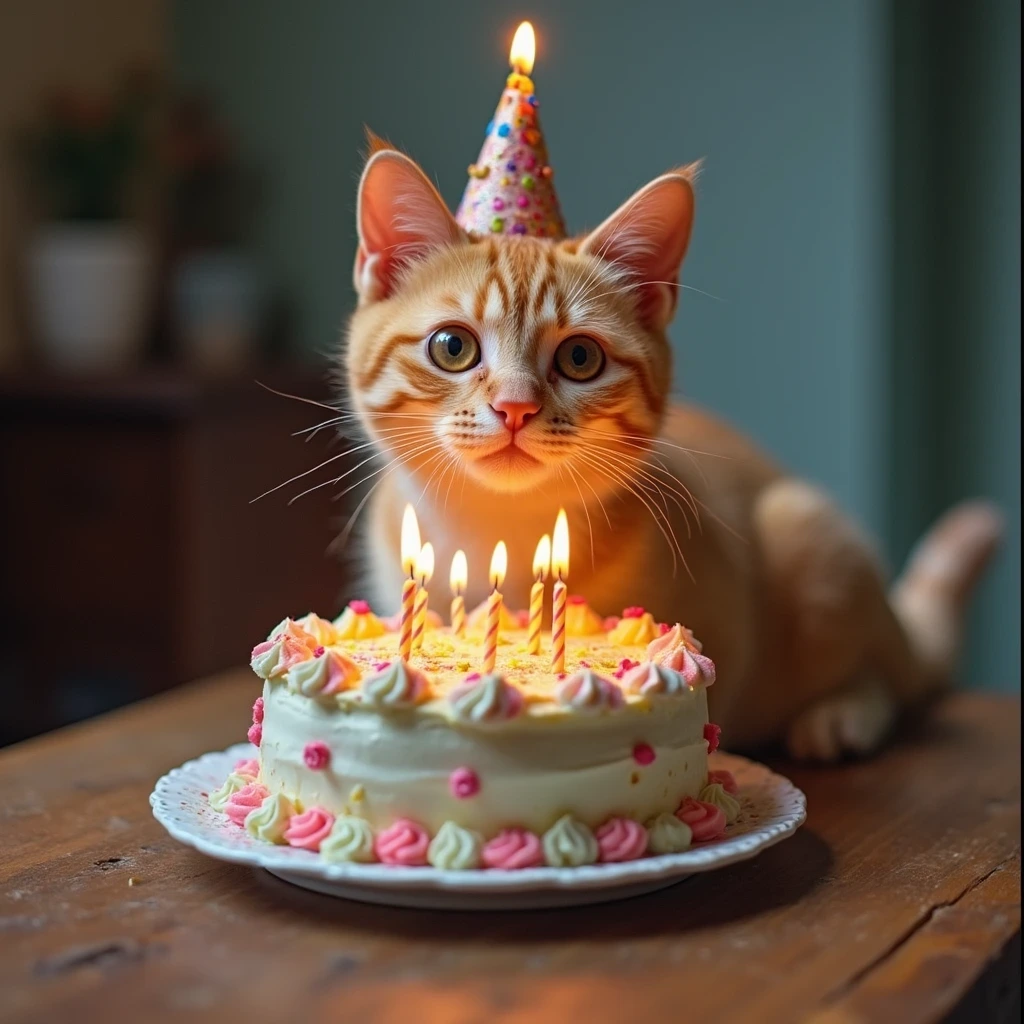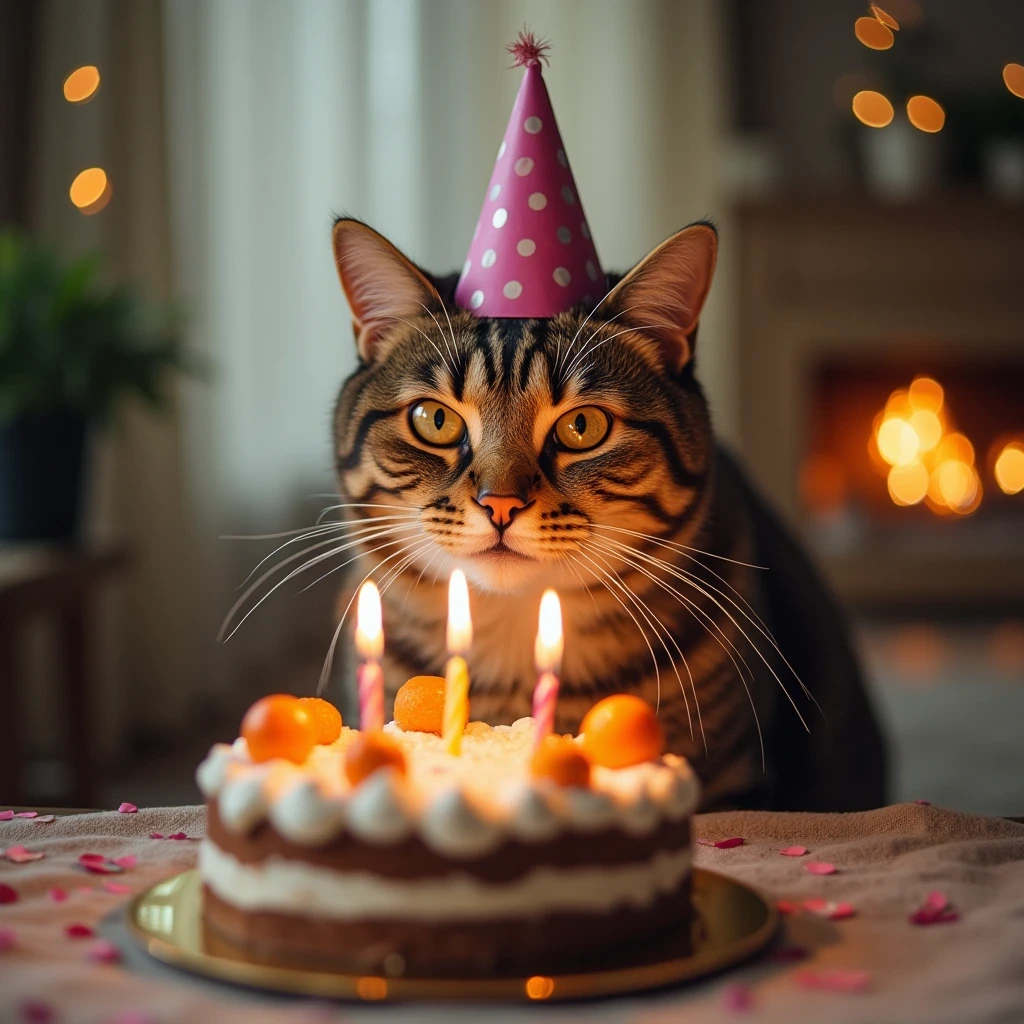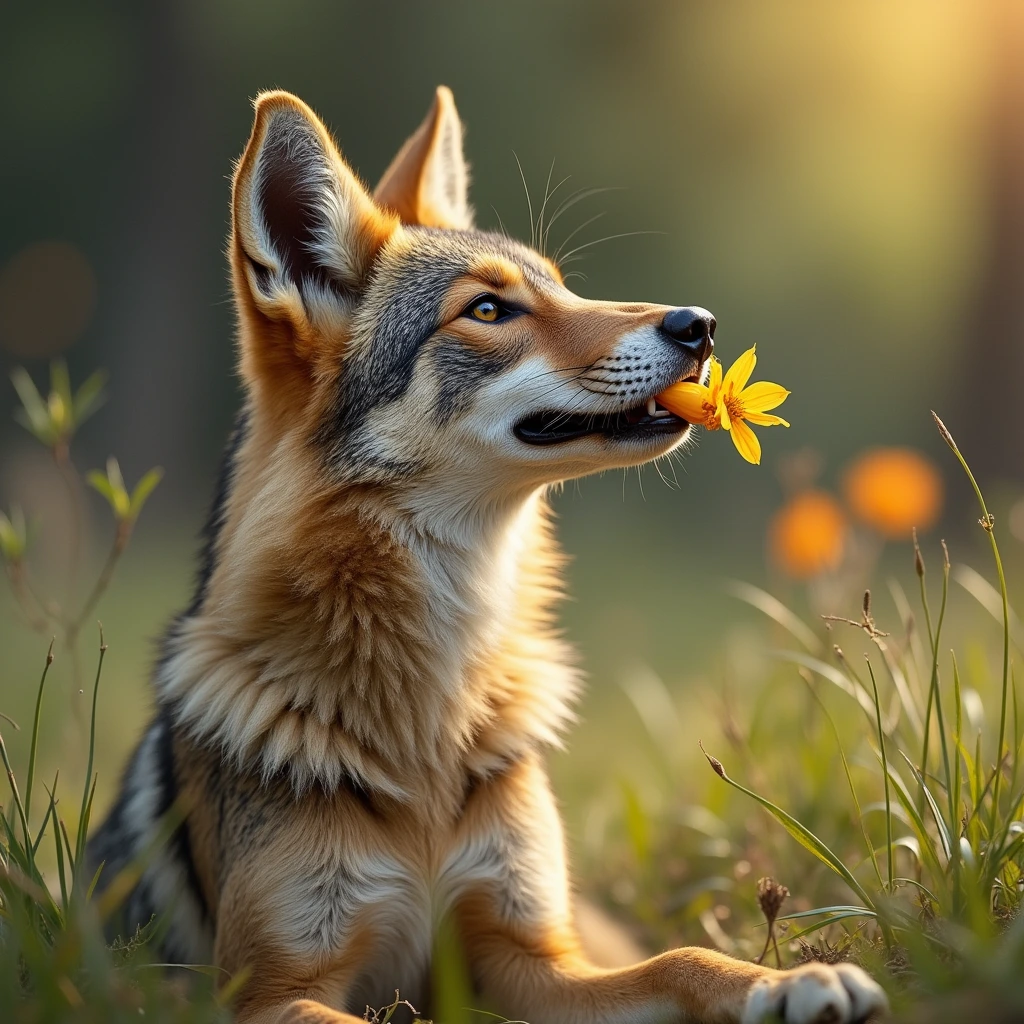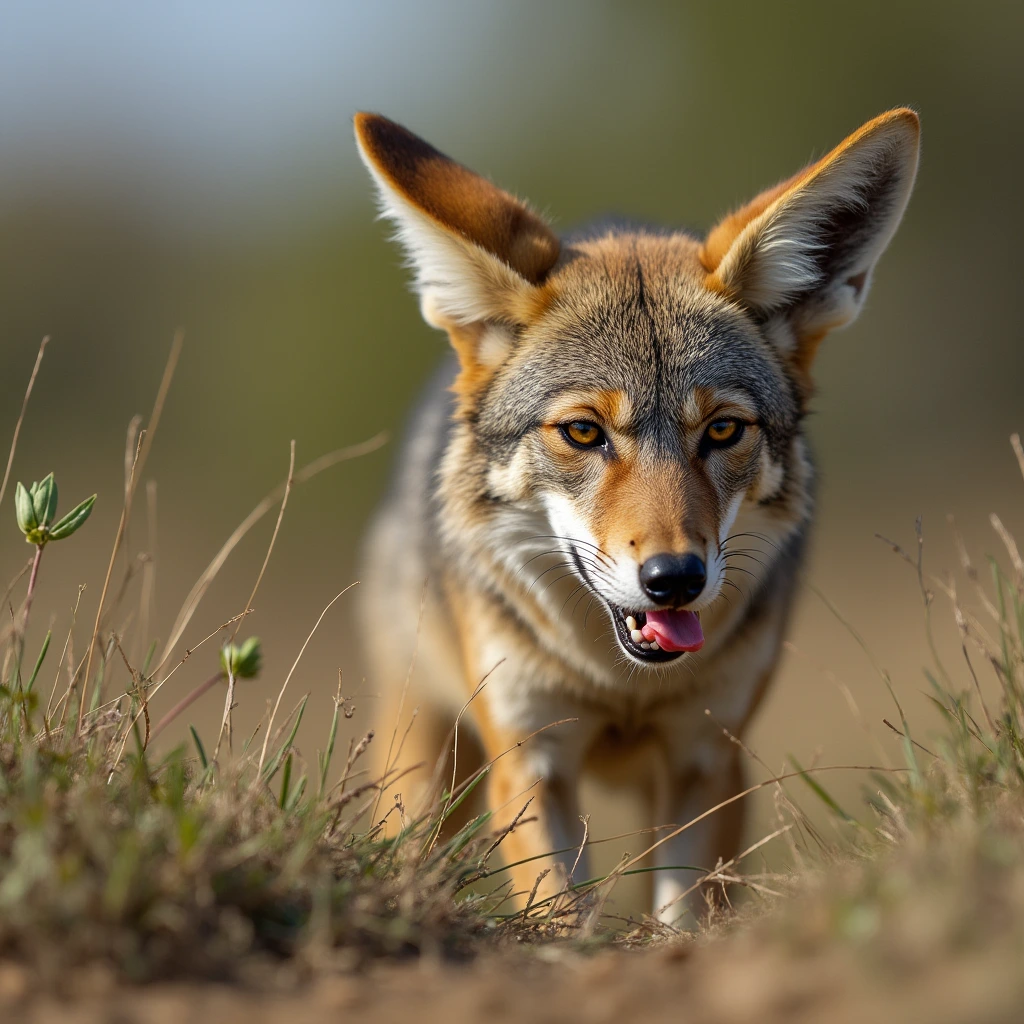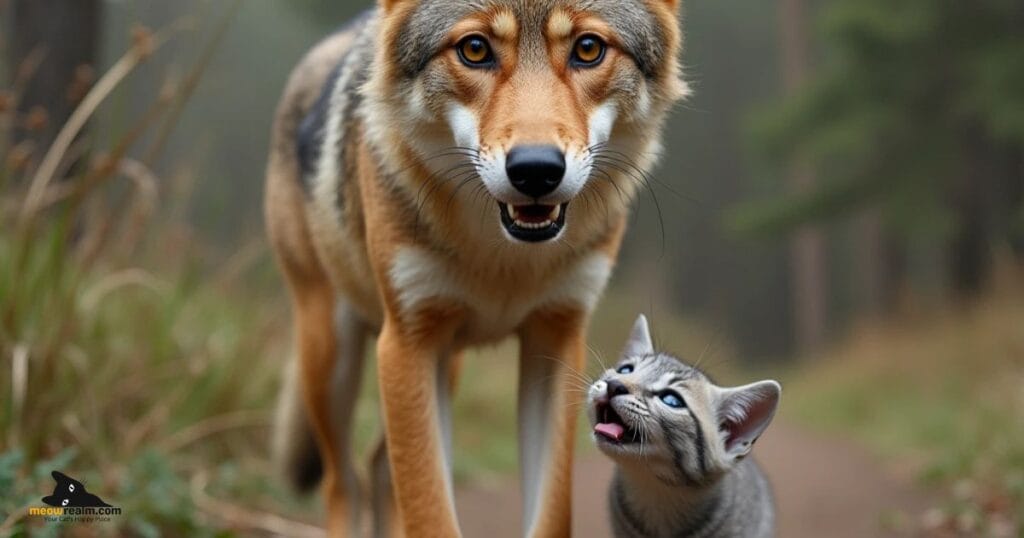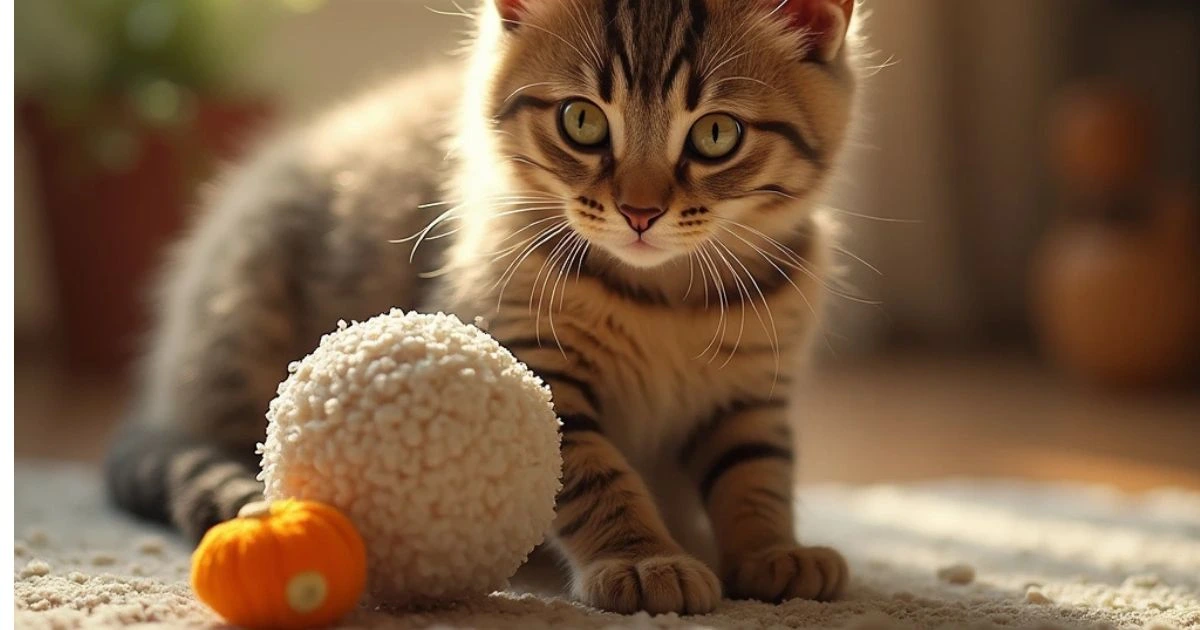If you’ve ever noticed your cat carefully maneuvering around furniture, you’ve likely witnessed the magic of their whiskers in action. But what if you suddenly spot a few whiskers missing? You might wonder, “Do cats’ whiskers grow back?” Whiskers are more than just adorable facial features; they play a crucial role in your cat’s ability to navigate, hunt, and stay balanced.
Understanding what makes whiskers unique, why they sometimes fall out, and how they grow back can help you provide the best care for your feline friend. This article delves into the fascinating details of cat whiskers, offering everything you need to know about their purpose, what happens when they’re lost, and how to support healthy regrowth.
Table of Contents
1. Understanding Cat Whiskers and Their Importance
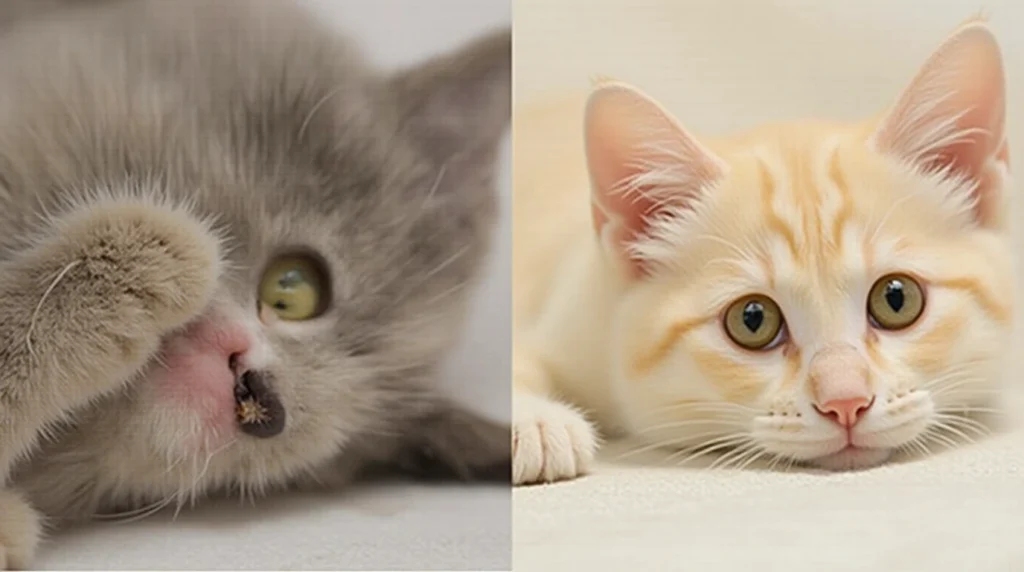
1.1 What Are Cat Whiskers?
Cat whiskers, scientifically known as vibrissae, are highly specialized hairs that are essential to a cat’s sensory perception. Unlike regular fur, whiskers are thicker, deeply embedded, and linked to a network of nerve endings and blood vessels, making them extraordinarily sensitive.
- Vibrissae Features: Whiskers are not just facial adornments; they function like a sixth sense. They’re embedded in whisker pads above a cat’s mouth, along the sides of the nose, and even on the forelegs.
- Sensory Role: These sensitive hairs can detect subtle vibrations in the air, helping cats sense nearby objects or movements without visual confirmation.
Cat whiskers are finely tuned sensory tools, essential for exploring and understanding their environment. Knowing their importance can help you understand why cats may react strongly if their whiskers are tampered with or if they experience whisker loss.
1.2 Functions of Cat Whiskers – cats’ whiskers grow back
- Balance and Navigation: Whiskers help cats determine the width of spaces, guiding them through tight or narrow spots.
- Detecting Movements: They can sense subtle air changes, helping cats identify the proximity of objects, even in the dark.
- Mood Indicator: Whiskers can also reveal a cat’s emotional state. When a cat is curious or alert, their whiskers move forward. If they’re scared, the whiskers often flatten against the face.
These abilities show how whiskers are not just ornamental—they’re integral to your cat’s survival instincts and day-to-day functions.
1.3 The Role of Whiskers in Your Cat’s Life – cats’ whiskers grow back
Whiskers are so sensitive that even minor disruptions can throw your cat off balance or cause distress. Imagine trying to walk in a dark room without your sense of touch; that’s how a cat might feel without their whiskers. This heightened sensory perception explains why cats seem to move so gracefully and almost intuitively. Whiskers allow them to navigate complex environments with confidence, which is why losing whiskers can impact their daily behavior and activities.
2. Do Cats’ Whiskers Grow Back If Lost?
2.1 Natural Shedding vs. Accidental Loss – cats’ whiskers grow back
Whisker loss is sometimes normal, much like how we shed hair naturally. However, other times, it can be caused by external factors like injuries or accidental pulling during grooming.
- Natural Shedding: Cats may lose a whisker here and there as part of a natural growth cycle. This is normal and shouldn’t cause concern.
- Accidental Loss: Sometimes, whiskers are lost due to accidents, play, or mishandling. In these cases, the whiskers typically grow back, but the process can take time.
Understanding the difference between natural shedding and accidental loss can ease any worries. If you notice a single whisker missing, it’s usually just part of the cycle. However, if multiple whiskers are gone, it could be worth observing your cat’s behavior closely to ensure they’re comfortable and safe.
2.2 How Long It Takes for Whiskers to Grow Back – cats’ whiskers grow back
- Regrowth Timeline: Generally, a whisker may take several weeks to a few months to fully regrow.
- Health and Age Factors: Younger, healthier cats may experience quicker whisker regrowth, while older cats may take longer.
Providing your cat with a balanced diet rich in vitamins and nutrients can support not only whisker regrowth but also their overall coat health, ensuring that whiskers grow back strong and sturdy.
2.3 Does Losing Whiskers Affect a Cat’s Behavior? – cats’ whiskers grow back
The loss of whiskers can temporarily affect your cat’s behavior and coordination. You might notice changes in how they navigate their surroundings or a temporary lack of confidence.
- Behavioral Shifts: Some cats may become cautious or hesitant, avoiding small spaces or appearing slightly clumsier than usual.
- Temporary Adjustment: This disorientation is usually temporary, and most cats adapt quickly, especially if they’re only missing a few whiskers.
While whiskers will eventually grow back, it’s important to be patient and understanding of your cat’s adjustments during this time.
3. Why You Shouldn’t Trim or Cut Your Cat’s Whiskers
3.1 Physical and Psychological Impact on Cats – cats’ whiskers grow back
Trimming or cutting whiskers may seem harmless, but it can greatly impact a cat’s well-being. Whiskers are not like regular hair—they’re deeply connected to your cat’s nervous system, providing essential information about their environment.
- Loss of Balance: Without their full set of whiskers, cats can struggle with balance, making them feel less confident in their movements.
- Increased Anxiety: Cats rely on their whiskers for spatial orientation, so removing them can lead to confusion and stress.
3.2 Veterinary and Ethical Perspectives on Whisker Care – cats’ whiskers grow back
Veterinarians generally advise against trimming whiskers, emphasizing that they’re a crucial sensory tool. Just as you wouldn’t trim a person’s eyelashes to maintain natural eye protection, a cat’s whiskers should be left untouched to support their health and safety.
- Veterinary Insight: Most vets agree that whiskers play a vital role in a cat’s overall behavior and well-being.
- Natural Grooming: Your cat’s whiskers don’t require any intervention, as they naturally shed and grow back as needed.
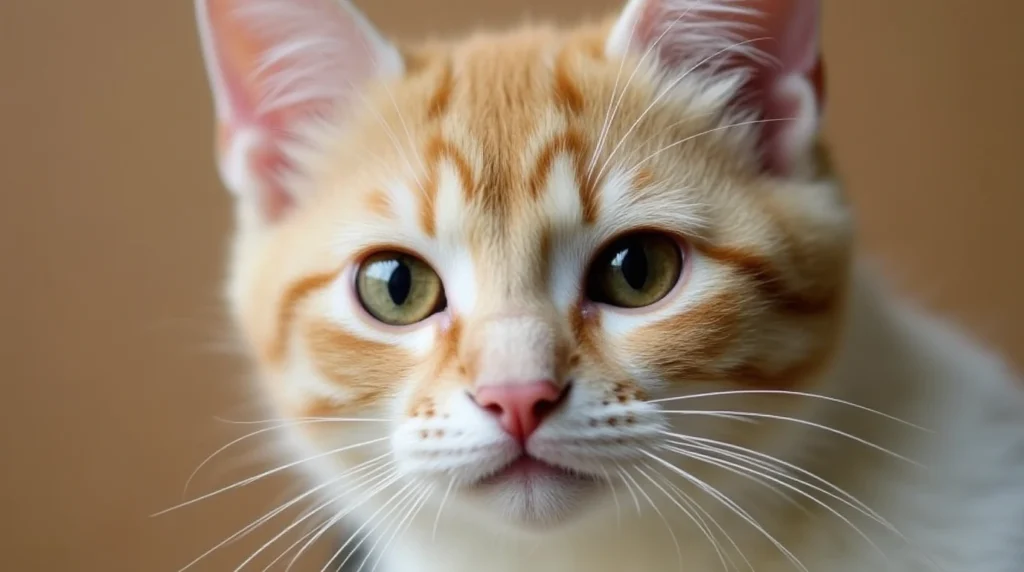
4. Caring for Your Cat’s Whiskers
4.1 Whisker-Friendly Feeding Tips – cats’ whiskers grow back
Cats can experience something called “whisker fatigue” when their whiskers touch the sides of a narrow food or water bowl repeatedly. This overstimulation can be uncomfortable for them.
- Use Wide, Shallow Bowls: Opt for bowls that allow your cat to eat without their whiskers constantly brushing against the edges.
- Monitor Eating Habits: If your cat seems hesitant to eat, it could be due to whisker fatigue. Switching to a wider dish may resolve the issue.
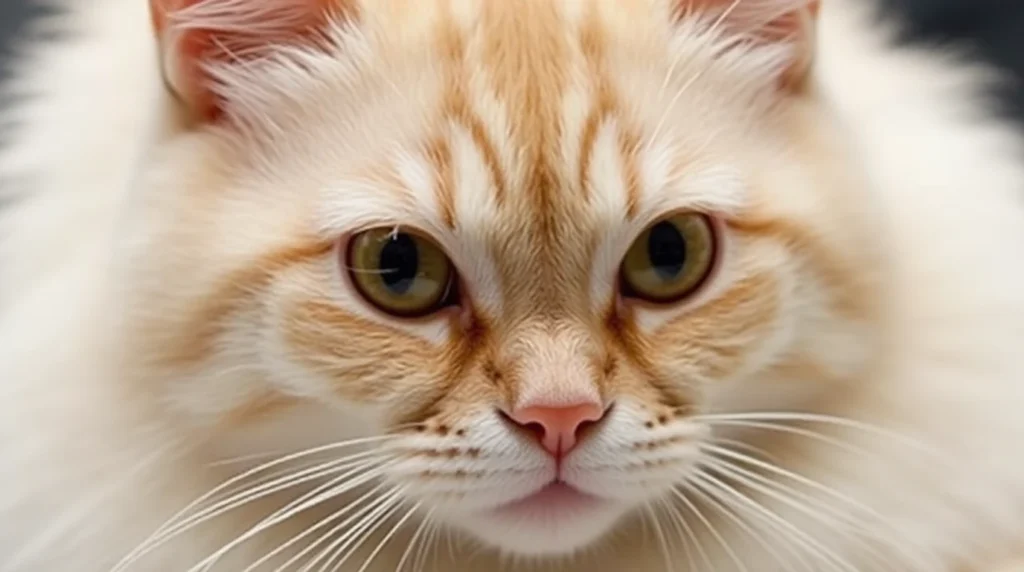
4.2 Diet and Health Tips for Optimal Whisker Growth– cats’ whiskers grow back
To support whisker health and encourage regrowth, ensure your cat is receiving a balanced diet that promotes healthy hair and skin.
- Nutritional Needs: Foods rich in Omega-3 fatty acids, proteins, and vitamins can support hair growth, including whiskers.
- Routine Vet Checkups: Regular health checkups can help detect any underlying health issues that could impact whisker regrowth and overall fur quality.
Conclusion– cats’ whiskers grow back
Your cat’s whiskers are an incredible feature, helping them explore and understand the world around them. If whiskers are lost, rest assured they will grow back, although it might take time. Remember, whiskers are sensitive and should be left untouched to allow your cat’s natural senses to thrive.
For more insights on cat care and health tips, visit Meow Realm. Share this article with fellow cat lovers who want to learn more about these essential feline features!
cats’ whiskers grow back



